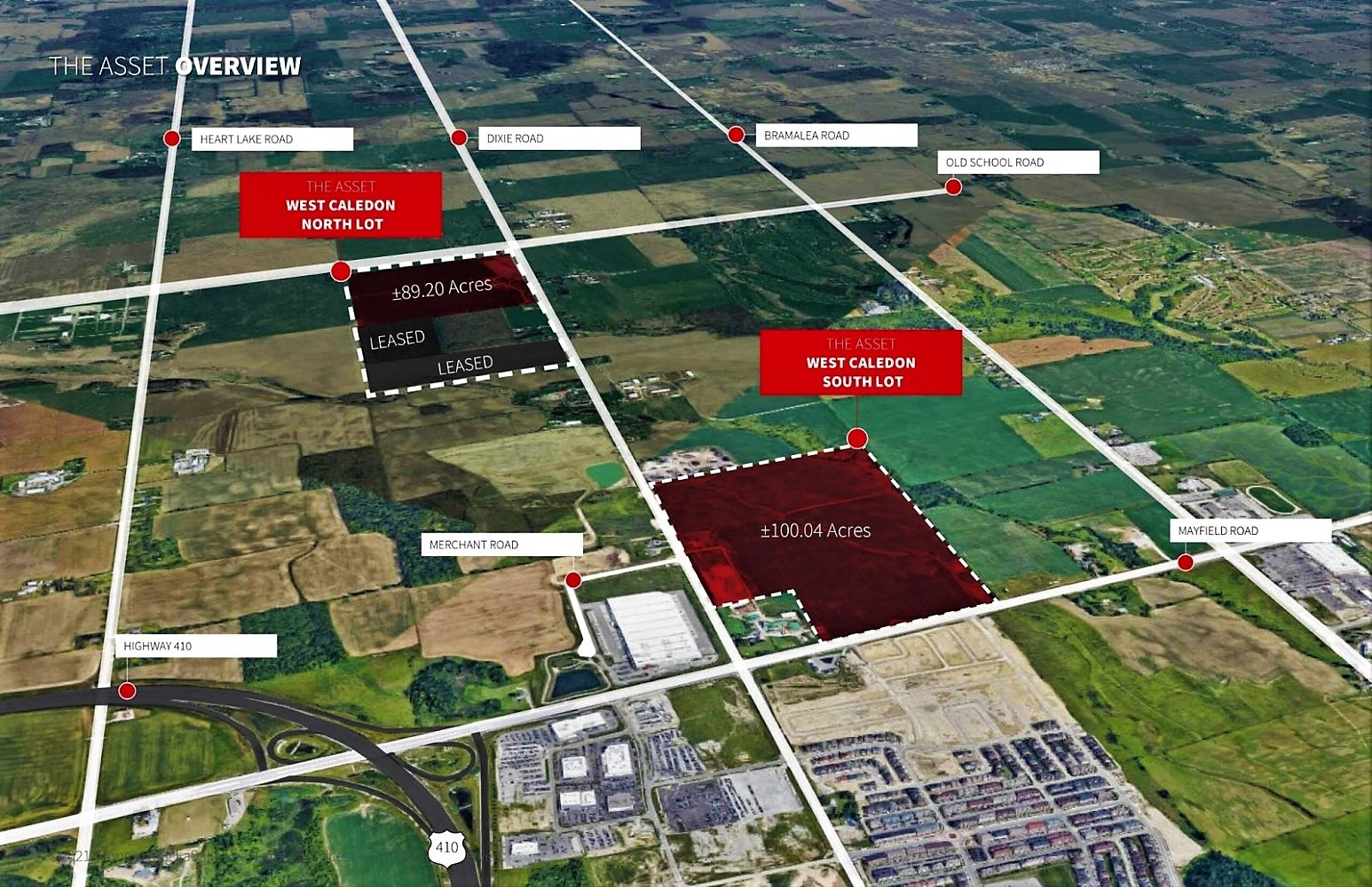
Caledon approves new MZO procedure amid controversy around massive warehouse development
The pristine landscape of Caledon has often drawn tourists and residents from other municipalities for quaint getaways, surrounded by natural beauty right here in the GTA. Unique landscapes such as the rolling red hills of the badlands in Cheltenham and dense forested areas around the Forks of the Credit River and elsewhere, less than an hour outside major population centres, provide an opportunity for city dwellers to get back to nature. For food lovers, generational farms with deep roots in the town’s agricultural history offer a chance for visitors to appreciate locally grown produce.
But recently Caledon has become attractive to more than just those looking to retreat from the city. The town is becoming increasingly alluring to developers and the provincial government as the perfect place to grow.

Caledon’s natural beauty is a haven for those living in its sister municipalities to the south.
(Alexis Wright/The Pointer)
Under Bill 23, the province is mandating the construction of 1.5 million homes by 2031, half of which will be built in Peel Region, York Region and Toronto. Caledon is expected to construct 13,000 units in this timeframe. While this is significantly lower than its neighbouring municipalities — Mississauga’s target is 120,000 and Brampton’s is 113,000 — Caledon large open fields provide a prime opportunity for urban sprawl, the type of development clearly preferred by the PCs and large developers.
Mayor Annette Groves has repeatedly shared her vision of protecting Caledon’s agricultural roots and solidifying its crucial greenscape.
“We want Caledon to remain what Caledon really is,” she previously told The Pointer. “We want to make sure that Caledon remains a place where we continue to enjoy the great outdoors and the quality of life we've come to enjoy so much here.”
But the provincial government has a different vision, one first outlined by previous Caledon mayors who talked about handing the pristine greenspaces and agricultural lands over to logistics and warehousing companies to create one of the largest “freight villages” in the world. Since first taking power in 2018, the PC government under Premier Doug Ford, has triggered a major push for warehouse developments in the southern reaches of the Greenbelt, many of them connected to the proposed Highway 413 route, which would tear through valuable greenspace and vastly alter the look and feel of Caledon.
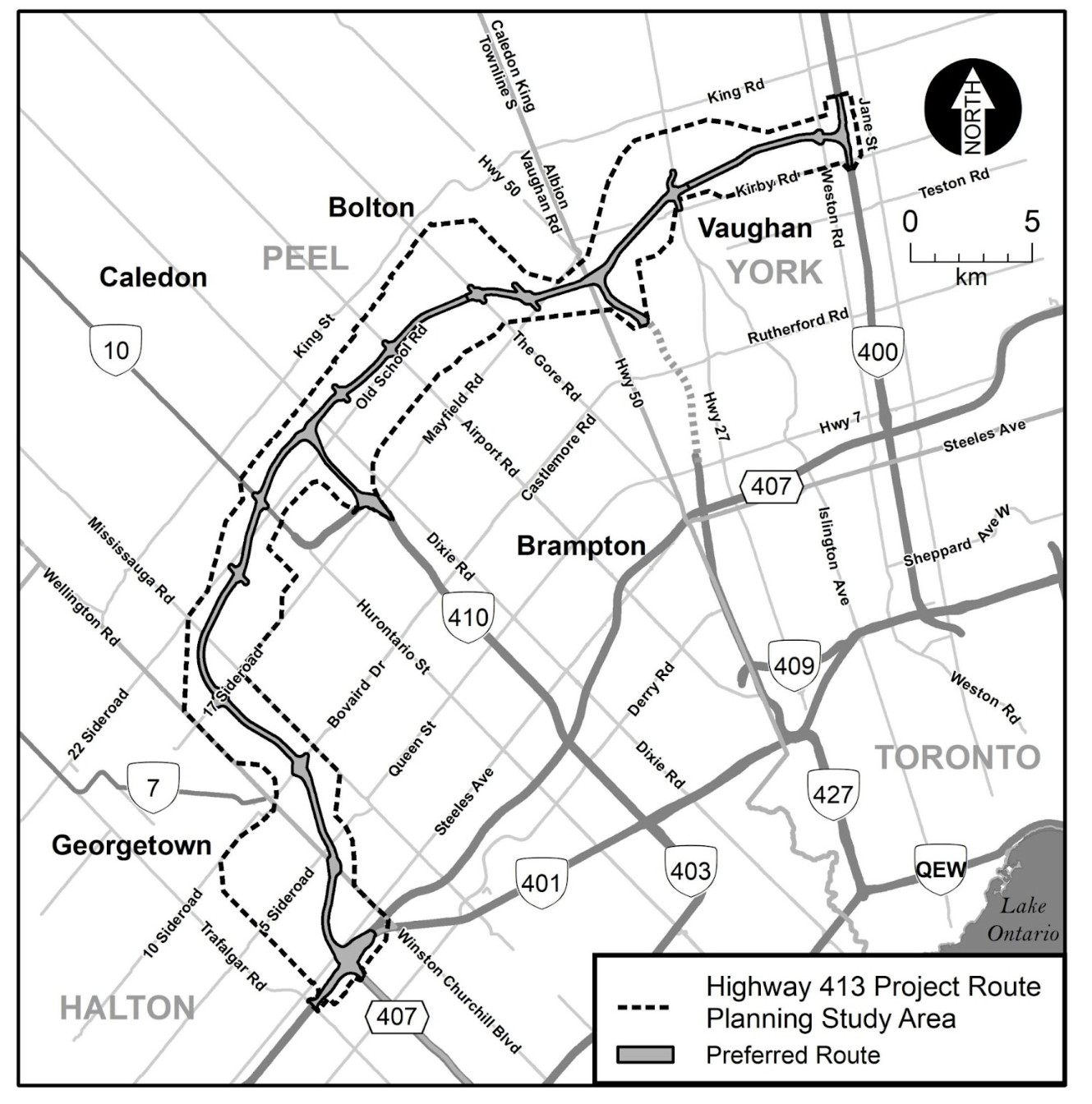
The proposed route for the 413 highway runs from Milton to Vaughan through the south end of Caledon.
(Government of Ontario/Highway413.ca)
But after Allan Thompson decided not to seek reelection as mayor, and his ally Jennifer Innis was defeated by new Mayor Annette Groves, who pushed back against the “freight village” future her opponent had embraced, residents who do not want to see their unique community shaped by warehouses and subdivisions lining a massive new highway are standing up for a different future.
In their way is the government at Queen’s Park and the powerful developers who see a huge gold mine in Caledon.
With a strong majority and the PC government’s history of imposing itself on local planning decisions, regardless of what local municipalities and their residents envision themselves—the recent controversy in Mississauga’s Lakeview Village being the most recent example—Caledon may not have as much say as it would like in how the municipality grows.
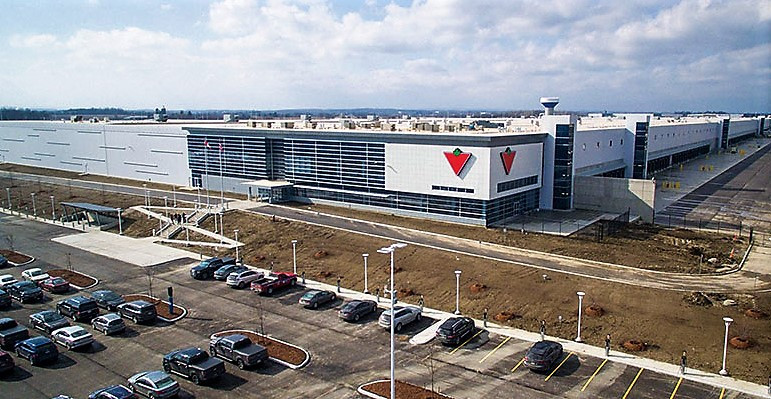
(Canadian Tire)
In 2013, the Town was issued a Minister’s Zoning Order (MZO) for the Canadian Tire distribution centre by Kathleen Wynne’s Liberal government. But since 2020, the PCs have issued four further MZOs for the Town, only three of which had council support.
MZOs are a tool created under the Planning Act which became law in 1990. But prior to the election of Ford as premier in 2018, MZOs were scarcely used — an MZO was issued approximately once per year. An MZO streamlines a development proposal allowing it to bypass the process of rezoning approvals and public consultation. It was only intended for use in emergency situations. But between March 2019 and 2021, the PC government granted 44 MZOs across the province, a number that has dramatically increased in the years since.
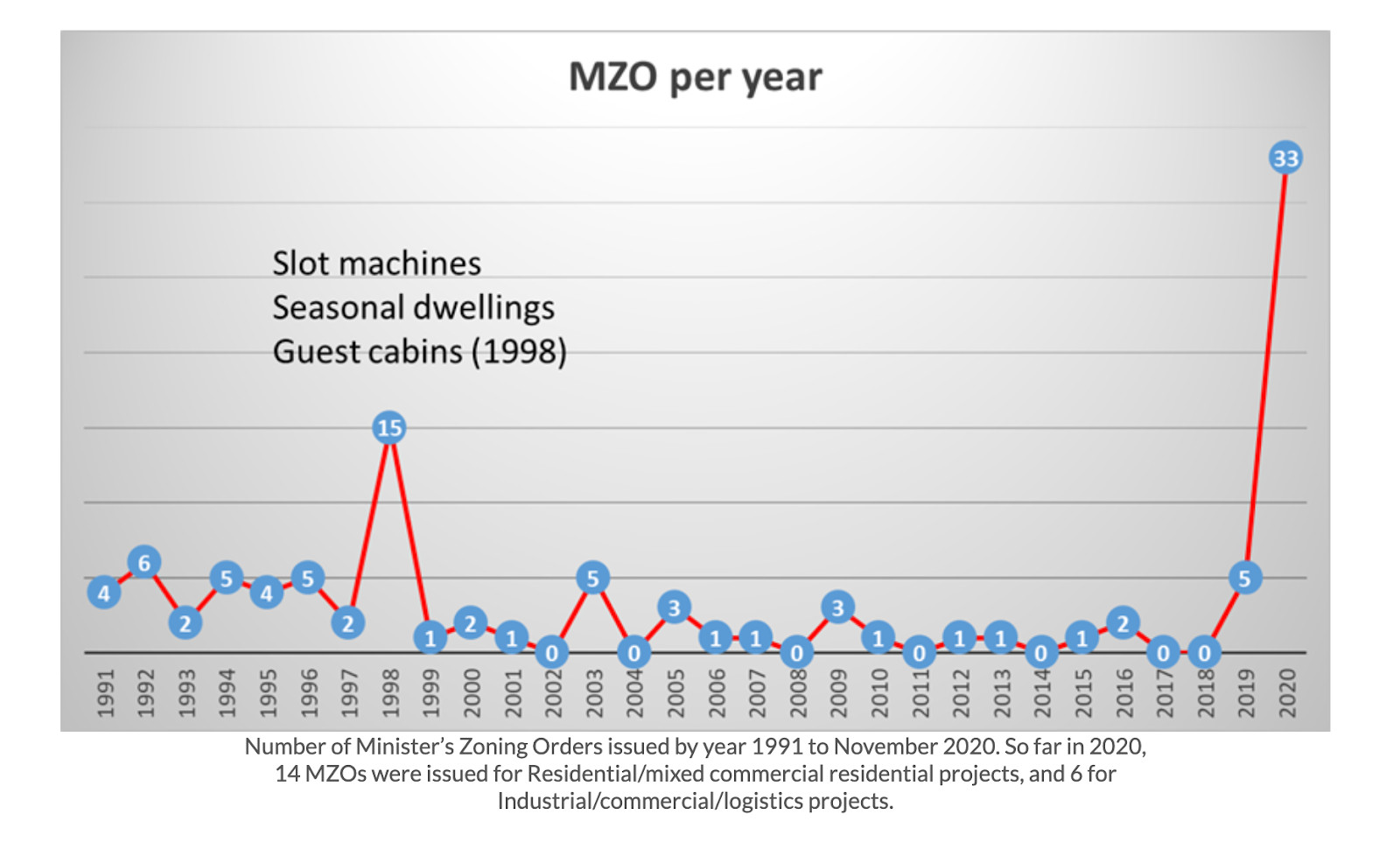
(Environmental Defence)
According to the PC government, the increased use of MZOs is to streamline the new-home construction process and to subsequently create new job opportunities. Opposition leaders have repeatedly argued there are ways to accommodate growth while sticking to proper planning processes.
The recently proposed Bill 97, the newest change to development legislation being pushed through by the PCs, will make it even easier for developers and the government to sidestep planning legislation and force development against the wishes of municipalities and their communities, making life much easier (and profitable) for the development industry.
The Bill grants the housing minister the authority to use MZOs when certain planning approvals need to be circumvented in order to greenlight projects without proper scrutiny.
For Caledon, MZOs pose a threat that could see the vast, largely rural community, where rolling hills, forests and farms fill out the GTA’s largest geographic municipality (it’s bigger than Toronto) transformed from a luscious, green haven to a “freight village” filled with massive warehouses, commercial trucks and industrial operations across its landscape.
Faced with this spectre, Town staff have come forward with a proposed procedure for dealing with MZOs and the similar but newer tool of Community Infrastructure and Housing Accelerator Requests (CIHA). The new approach responds to a request that was passed in a motion in February 2022 asking for an MZO framework “which contemplates when and how Council will consider MZO requests.”
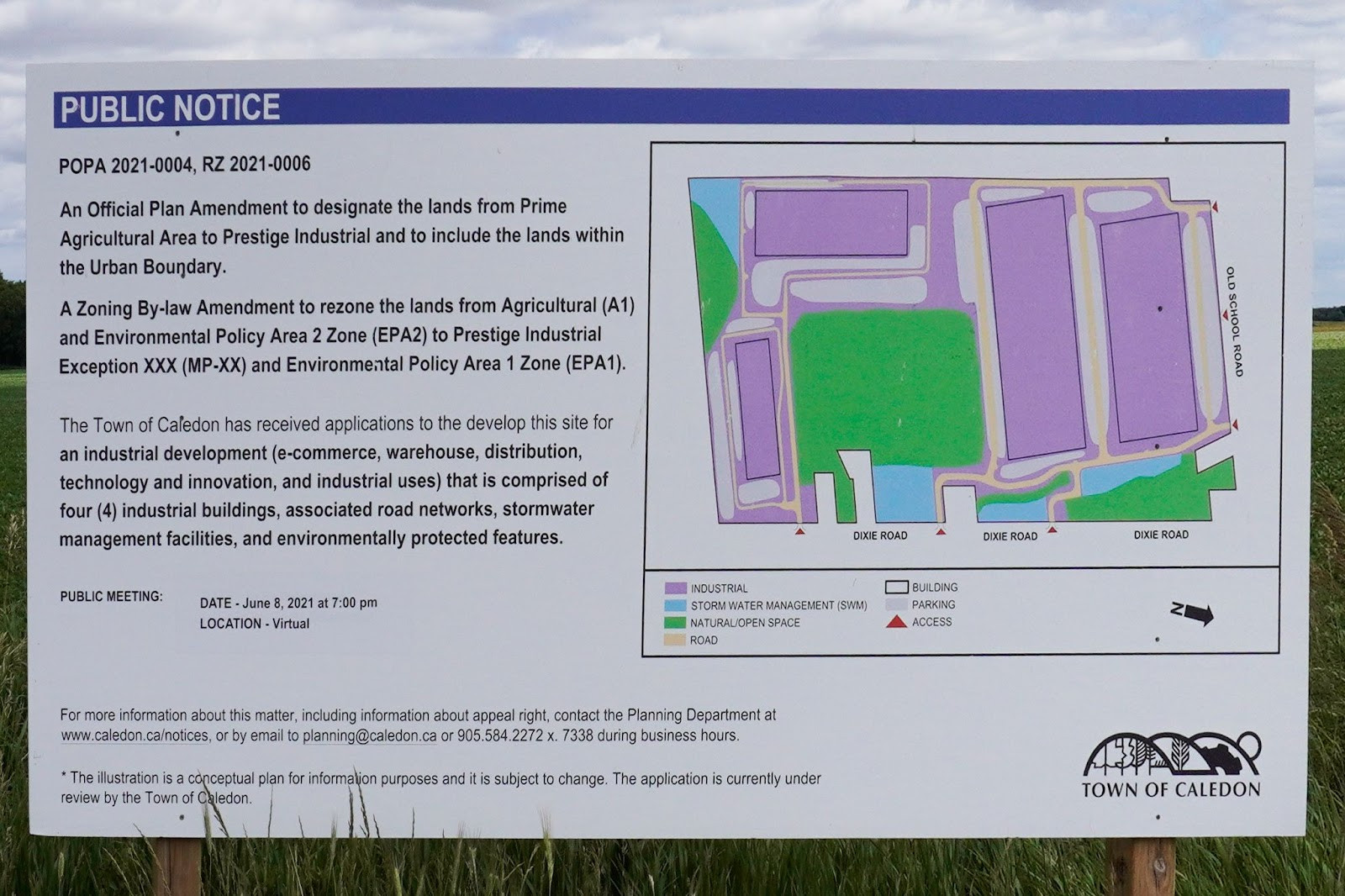
Since 2013, Caledon has faced six MZO requests and has been given five. Of the five requests, only four had council support.
(Alexis Wright/The Pointer)
In 2022, council resolved that four criteria must be met in order for council to consider and MZO: a public information meeting with all department and agency comments; a Town staff report recommending approval; Conformity with the Caledon and Peel Official Plan, Provincial Policy Statement (PPS) and relevant Provincial Plans and with Conservation Authorities regulations and policies with an ecological benefit; and a clear statement justifying the MZO for a public good.
The proposed procedure builds upon these criteria and includes recommendations for dealing with CIHA requests, a tool the province brought forward and that was legislated in October. CIHA is a similar tool to the MZO, giving the Ministry of Municipal Affairs and Housing (MMAH) the authority to expedite zoning outside of the Greenbelt. The CIHA is used for more specific proposals, including community infrastructure including for health, long-term care, education, recreation and socio-cultural activities; any type of housing; transportation infrastructure development; employment developments; and mixed use developments. The CIHA differs from the MZO because it requires both a council resolution and public consultation. In April, the first CIHA was approved after it was requested from the Town of Blue Mountains for a long term care and senior housing facility. The CIHA tool is more desirable to the Town of Caledon.
“The Town will prefer the use of the CIHA over the MZO,” the proposed procedure states. “The Town will aim to redirect private initiated requests for MZOs to CIHA requests instead. The Town will consider the use of CIHA requests for appropriate Town-led initiatives.”
“So this is a process, not to encourage MZOs, but rather in the event and MZO has been contemplated to move it from the MZO process to the CIHA process in order for the town's interest to be considered,” Bindu Shah, a strategic lead in Caledon’s planning department said in a presentation to council.
MZOs have often got a bad rap from citizens who see it as a way for the province to sidestep proper planning procedures. But the use of MZOs varies by municipality. Some have utilized the tool to speed up development at the request of the developer while others use MZOs solely to help contribute to public infrastructure such as long term care homes or affordable housing. These MZOs that have prominent community benefits are often more accepted by the community than those requested by a developer. However, a lack of consultation in both instances is a big problem.
The City of Cambridge passed a resolution that requires any request for an MZO to be accompanied by a planning justification report. When this is taken to the City, council may request additional requirements such as consultation with all stakeholders, a transit impact study and a heritage assessment study. The City of Brampton has developed a framework that requires MZO requests to comply with four themes: supporting provincial legislation; providing a direct public good; consulting with affected stakeholders; and maintaining key elements of the City’s development review process.
The Town of Caledon is building off of these existing procedures to create the first comprehensive plan in Ontario for both MZOs and CIHAs.
“Twenty years ago we never heard of MZOs, but this provincial government is using every tool in its toolbox to put forward its agenda, which includes cutting the red tape. And from their point of view, that's what this is a lot of red tape,” Ward 2 Councillor Dave Sheen said.
With this new procedure, the Town is hoping it will retain some control over the planning and development that happens within its borders.
The Town is also building upon provincial expectations for MZO policies.
“It is my expectation that when requesting an MZO, municipal councils have done their due diligence and conducted proper consultation in their communities, including with the public and other impacted stakeholders, before the local municipal council sends any request for an MZO to me for consideration,” Housing minister Steve Clark wrote to a resident of Caledon who had questions regarding a controversial MZO within the town’s borders.
Residents erupted with anger and frustration when it became clear during an April 11 committee meeting that an MZO had been granted for a 502-acre warehouse development along Torbram Road after former mayor Allan Thompson sent a private letter to the MMAH asking for the MZO without the support of council or town staff. Prior to the request, there was no consultation with residents directly impacted by the development and staff previously told The Pointer that the application did not conform to the Town and Region Official Plans.
The Town will be implementing a meticulous six-step plan in part to avoid the same questionable antics from former mayor Thompson that led to the MZO for 12245 Torbram Road.

(Rachel Morgan/The Pointer)
When a privately-initiated request is made to Town staff or to council, who will redirect it to staff, the request must include the following: a cover letter, payment of associated fees, the CIHA or MZO request, a business case, a planning justification report, a fiscal impact study and a statement on infrastructure capacity. If a request for a CIHA is being initiated by the Town, a report must include the request and reasons for the request, a planning policy framework detailing how the proposed development conforms to the Town’s policies, fiscal and servicing considerations.
Within 10 days of receiving a request or a direction from council, staff will open a commenting period that will last between 20 and 30 days for agencies, Indigenous communities and the greater public to share their perspectives on the application. In addition, a meeting will be arranged for the mayor and the area and regional councillor for the subject lands. Following this meeting, a peer review of the fiscal impact study will be conducted and consultation with Indigenous communities will commence.
Once a public meeting is scheduled, the Town will create a website where all supporting documentation and updates on the application can be found. Notice will be provided to residents through a post on the website, through the local community newspapers, by signage on the subject lands and by mailout to those living within 1,000 metres of the lands — 120 metres for lands within the Rural Service Centres (Bolton, Caledon East and Mayfield West) and the Settlement Area Boundary Expansion.
After consultation is complete, Town staff will bring forward a report to council with a recommendation on the CIHA or MZO. The staff report will evaluate the application against the procedure and against comments made during the consultation period. With this report, council will then make a decision on whether or not to support the request.
It is important to note that even without council support, the province can still issue an MZO. Regardless of the decision made, residents within the notification reach, and those elected as interested parties, will be notified.
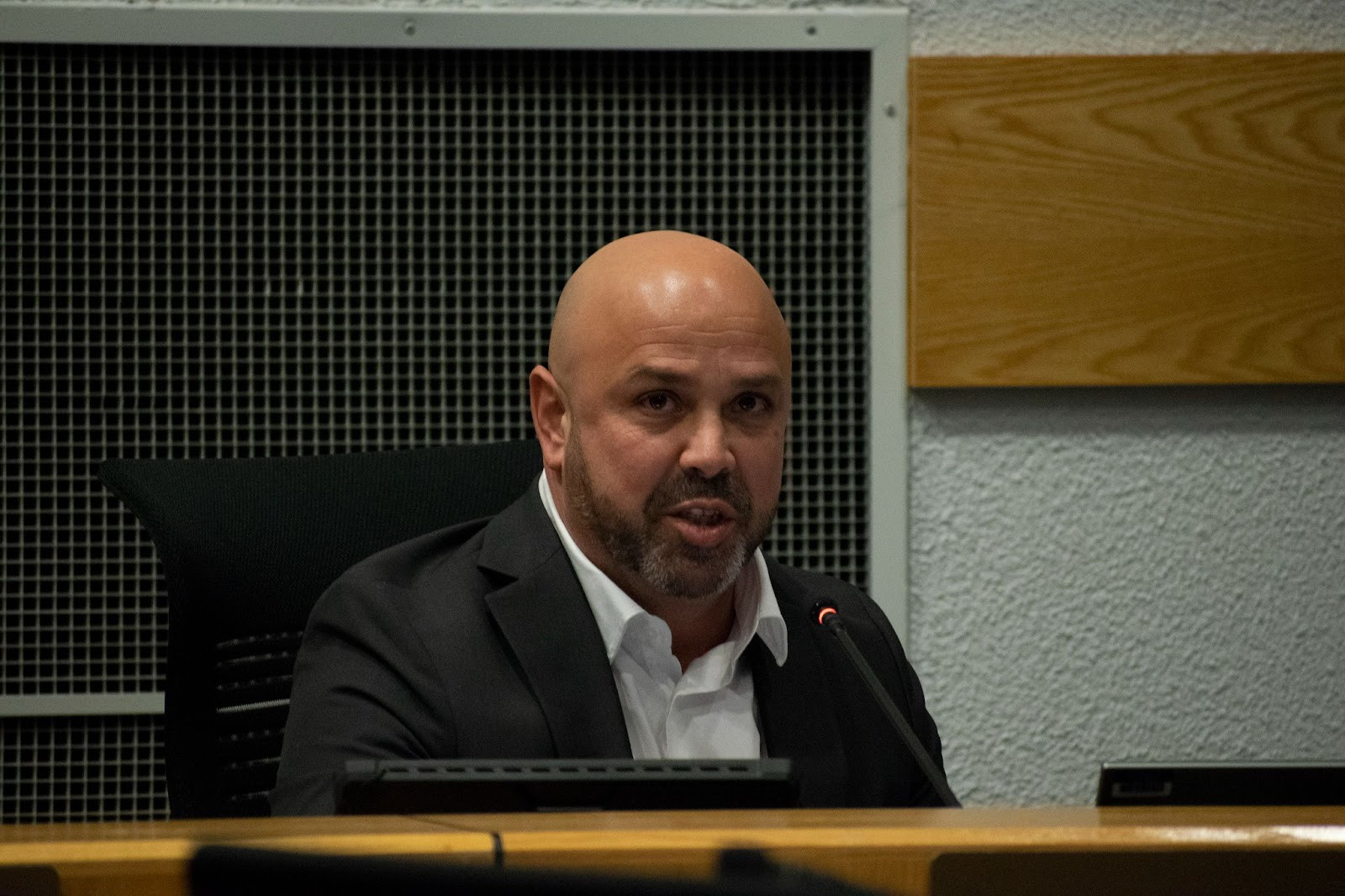
Councillor Mario Russo requested that staff provide notice regardless of whether the MZO goes through the municipal procedure or whether it is issued individually by the province.
(Alexis Wright/The Pointer)
Regional Councillor Mario Russo asked what kind of procedure could be put in place in the instance that the Province issues an MZO without the applicant going through the municipal process. The province has stated repeatedly that they wish to have council support on these kinds of developments but as has most recently been viewed in Mississauga’s Lakeview community, this is not always the case. He asked staff to consider the requirement for the Town to initiate notice on all MZOs, even though it is not a requirement under the Planning Act.
“We need to present an alternative to MZOs where public consultation is the norm because that part is egregious to the community and challenging to work around,” Antonietta Minichillo, director of the planning department and chief planner, said.
While the procedure cannot stop MZOs in any way — that is not within the powers of municipalities — its purpose is to ensure that the Town and its residents’ interests and voices are not lost during the planning process.
“A municipal council’s decision to request or refuse an MZO cannot be appealed. So if you refuse something, nobody can appeal that,” Shah said. “Therefore, it's very important that this framework be developed and adhered to.”
Email: [email protected]
Twitter: @rachelnadia_
At a time when vital public information is needed by everyone, The Pointer has taken down our paywall on all stories relating to the pandemic and those of public interest to ensure every resident of Brampton and Mississauga has access to the facts. For those who are able, we encourage you to consider a subscription. This will help us report on important public interest issues the community needs to know about now more than ever. You can register for a 30-day free trial HERE. Thereafter, The Pointer will charge $10 a month and you can cancel any time right on the website. Thank you
Submit a correction about this story


